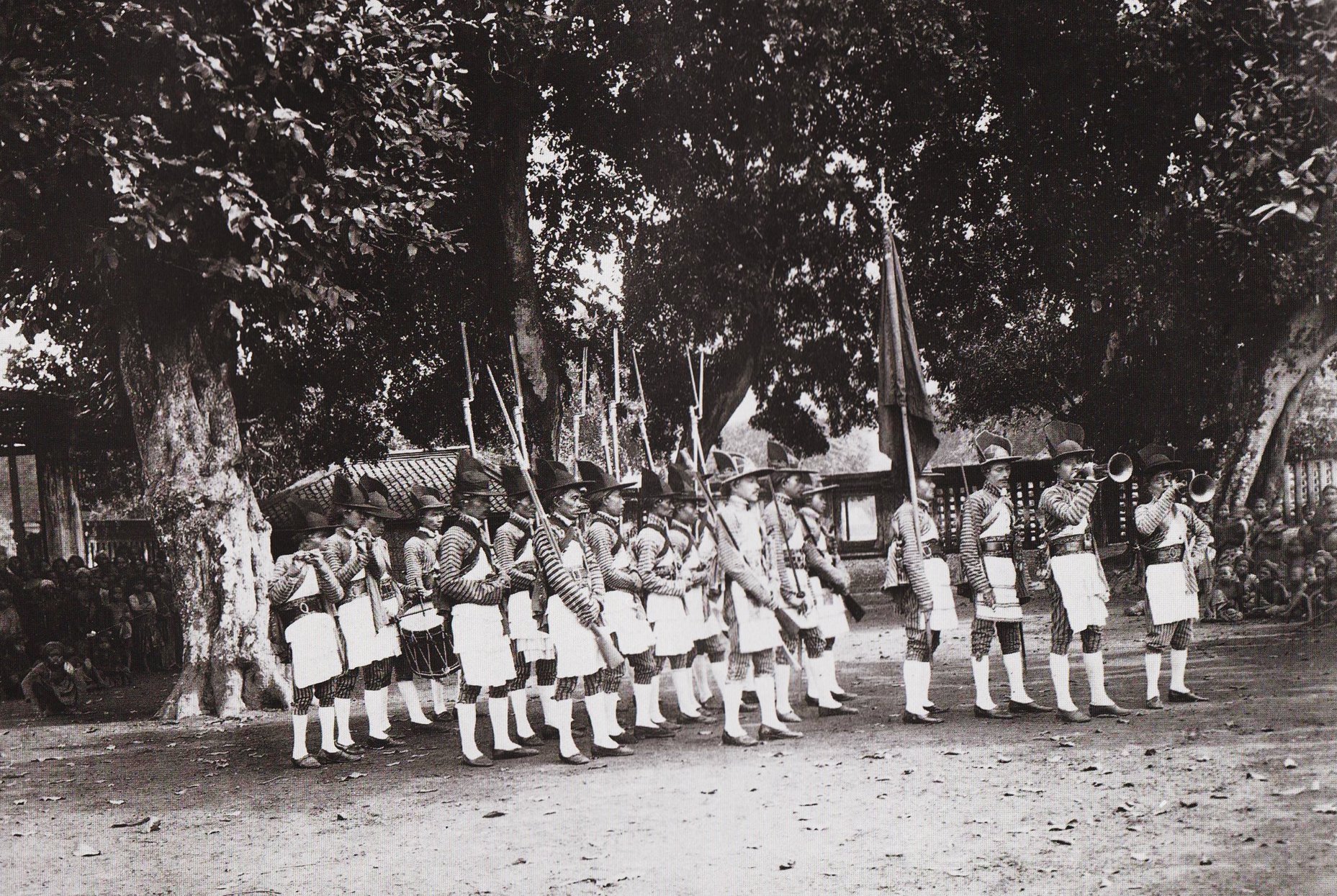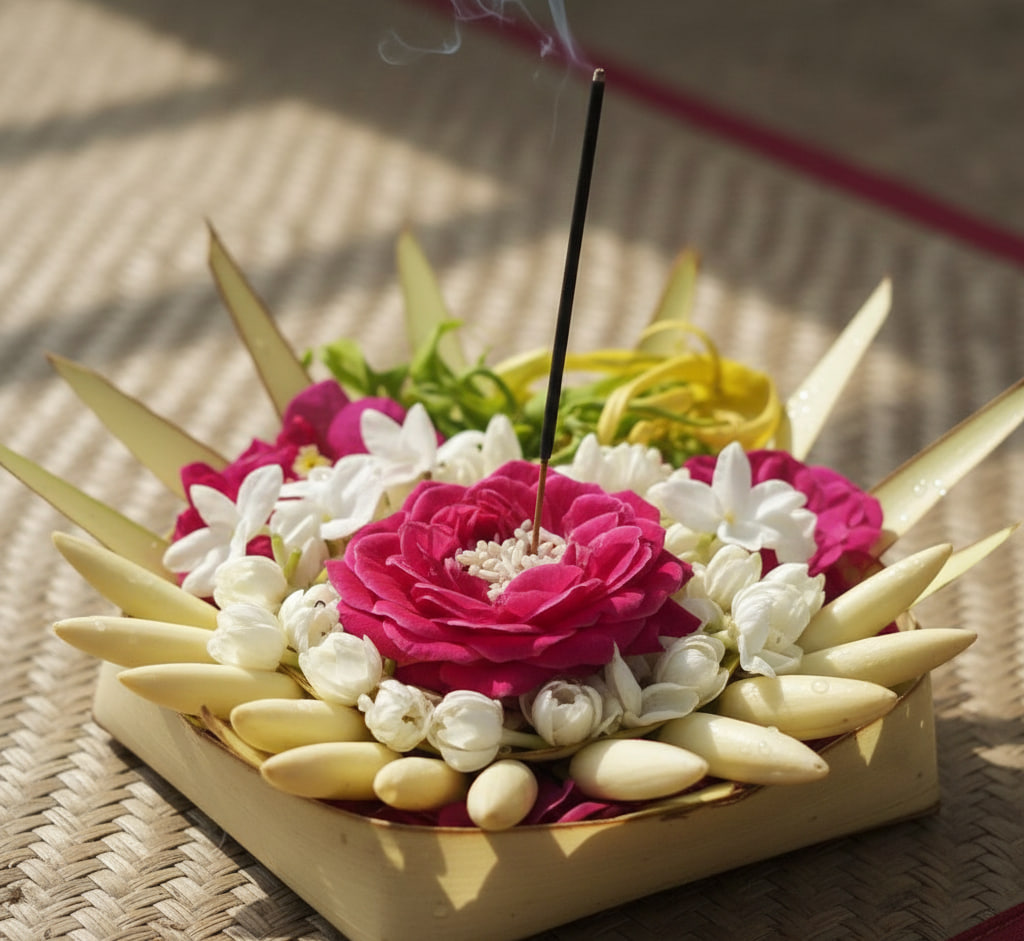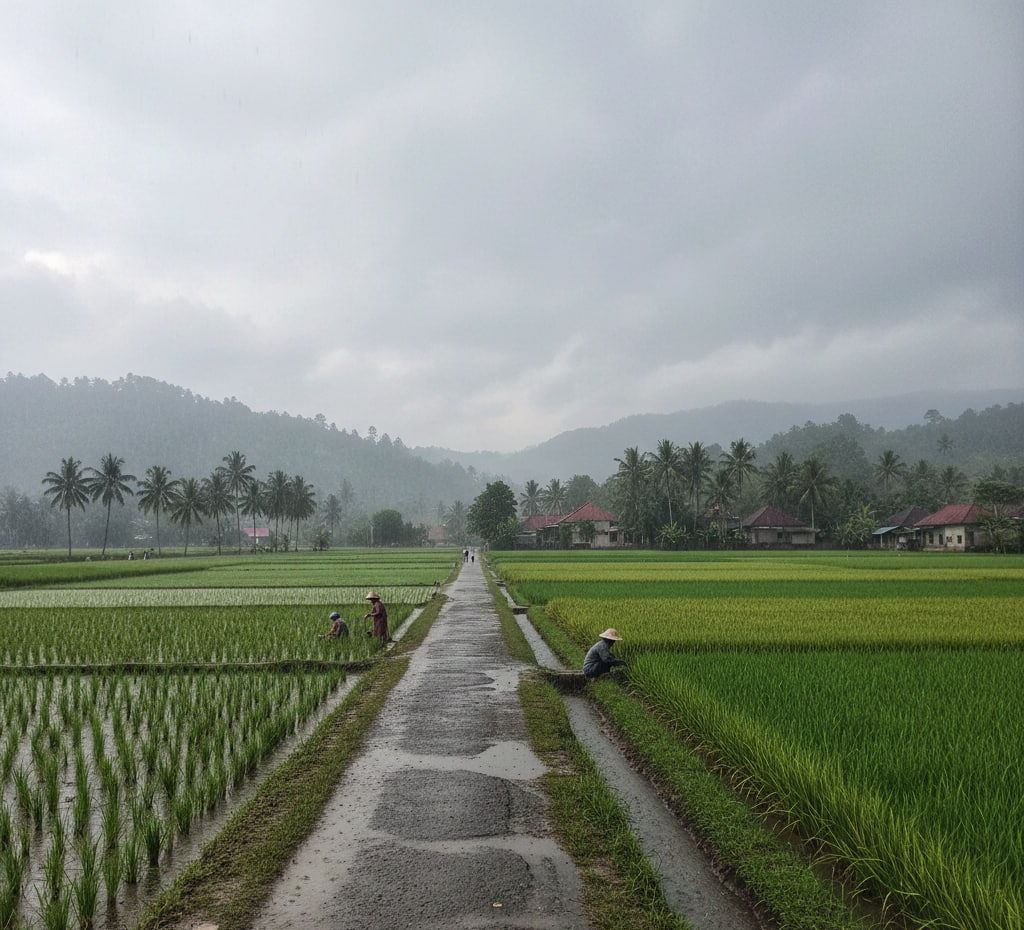News
Mannequins: an Interpretation of Women's Stories Part 2
The result can be seen from the mannequins produced during the Dutch period, the posture is made to stand upright, the shape of the finger position for dancing is the hand position in the form of ngithing, namely the position of the thumb attached to the middle finger. The statue is dressed like a Bedhaya dancer wearing a dodot Bangun tulak, red flower-colored cloth and batik with a machete motif. This mannequin also wears jewelry like a Javanese bride, such as shoulder straps, bracelets, necklaces. The part of the hair is in a bun in the form of a complete bun. Even the face ornaments of the mannequins were made up with bridal makeup such as eyebrow decorations in the form of deer antlers even though the shape was not like the normal Javanese bridal makeup encountered today.
From the collection of old photos of the Sonobudoyo Museum, it can be seen that the mannequin is displayed right in the middle of the museum's showroom along with other collections related to Javanese culture. Uniquely, the mannequin has now become one of the masterpieces of the modern Sonobudoyo Museum collection because of its existence that has survived since this museum was founded. The legacy of the colonial government is now stored in the collection storage.
Mannequins are the easiest way to visualize something complex. The manufacture of the Bedhaya dancer's mannequin is a simple and concise way of telling stories to construct a sacred dance of Javanese culture that has symbolic and magical values ??in every movement and makeup. The complicated story is then simplified through frozen sculptures hiding dynamic movements and stories of women who need hours to practice not only physically but also practice to hone Javanese batik.
Today it is very easy to find mannequins in the corners of museum exhibits. They exist to be regarded as images of the real world frozen in a statue. The Sonobudoyo Museum itself has many statues of female mannequins – especially in the showroom of Unit II Candrakirana, ranging from a statue that tells the story of making batik or a mannequin showing Javanese women's clothing standing stiffly with frozen eyes. They are juxtaposed with the museum's collection of exhibitions that tell stories about women trying to be present as a simple narrative of women's domestic activities as well as a reflection of the identity of museum visitors who had time to see the existence of these statues. The story of such a complex woman is simplified with the visuality of a frozen and empty mannequin.


